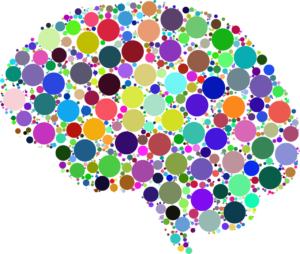Small amounts of sugar directly depress the immune system. Even a glass of orange juice can alter your immune system activity. And sugar indirectly affects your immune system by altering your gut flora. As you probably already know, most of your immune system resides in your gut!

Sufficient sleep is key to a strong immune system. Did you know that emerging evidence shows that your intestinal microbiota plays a critical role in how you sleep?
Research suggests that the intestinal microbiota is a source of sleep-promoting signals. Too much sugar – altered gut flora – less deep sleep – less immune resilience.
Excess sugar also has a great impact on the brain. In fact, over time, you can develop insulin resistance in the brain (also referred to as Type 3 diabetes). Once this happens, your neurons become unable to utilize the glucose in your brain – your brain’s primary source of energy. Over time, this can ultimately lead to dementia. This is when a ketogenic diet can be helpful; your brain can also use ketones as a source of fuel.
Excess fructose consumption has long been known to be bad for your health. Most fructose consumed ends up in the liver. When there is too much fructose in the liver, it is converted into fat in the form of triglycerides, which can increase the risk of fatty liver and heart disease.
Recent research shows that both the fructose and glucose in high fructose corn syrup appear to be as bad for your health as consuming sugar in the form of fructose alone, elevating the risk of several heart disease factors. Plenty of evidence shows that cardiovascular risk factors play an important role in the development of Alzheimer’s Disease.
Where is high fructose syrup found? Most of the high fructose corn syrup we eat or drink comes from soft drinks and sweetened fruit drinks. However, high fructose corn syrup can also be found in canned fruits, boxed desserts, sweetened yogurts, baked goods including breads, breakfast cereals, granola bars, salad dressings, coffee creamers, and condiments like ketchup, barbecue sauce, jams and jellies.
Read labels carefully!
Interesting that new research out of the University of Colorado suggested that fructose made in the brain could be a mechanism driving Alzheimer’s Disease. The researchers proposed that “Alzheimer’s disease is a modern disease driven by changes in dietary lifestyle in which fructose can disrupt cerebral metabolism and neuronal function.”
In summary, reducing sugar intake supports a healthy gut and immune system, improved brain health, and reduces cardiovascular risk. And as a bonus, you are likely to sleep more deeply!




